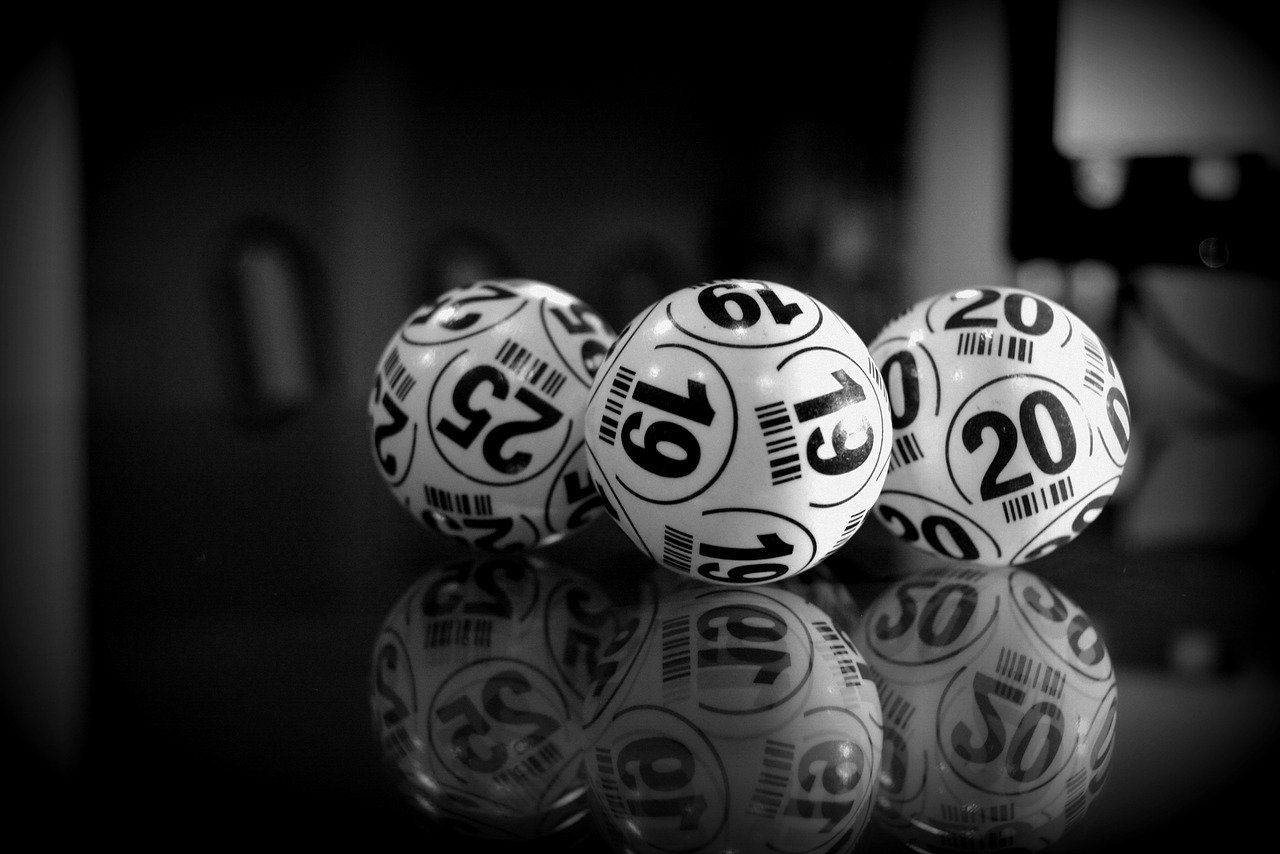The Best Games Inspired by Bingo
With a history dating back to an Italian lottery game played in the 1500s, it is fair to say that bingo has stood the test of time.
Its status as a mainstream entertainment activity became firmly established during the 20th century, particularly in the United Kingdom and United States.
Bingo was the ‘go-to’ social activity for millions of working-class people in both countries, with thousands of venues hosting the game on a regular basis.
Changes in consumer habits as the new millennium approached resulted in a rapid decline in bingo’s popularity, but the creation of the internet breathed new life into this iconic pastime.
Sites like Wink Bingo have proved to be hugely popular in recent times, helping to attract a new demographic to the game both online and in land-based venues.
With such a storied history it comes as no surprise to find that bingo has inspired many other games, all of which have number and card-based formats. Read on as we look at some of the best around.
Slingo
Slingo is an innovative hybrid of 75-ball bingo and a traditional slot machine. The game is played on a 5×5 grid, with the reels situated just below.
It is extremely easy to learn and play the game – just spin the reels of the slot, and if a number on your card appears it is marked off.
In order to win, you must accumulate the highest number of points amongst all the competing players who join a particular game.
Points are awarded for different occurrences such as clearing a line, having a coin symbol appear, spinning jokers and clearing the entire card.
Power-ups, multipliers and protection features add to the gameplay, making Slingo one of the most exciting bingo-inspired games in the business.
20 Express
In 20 Express, each player has a train of 20 cars to fill with numbers. The goal is to make a long series of ascending numbers.
Players must determine the likelihood of a drawn number or rely on clever guesswork. Some numbers may come out twice, and a wild tile can save a series.
Inside the draw bag are 40 tiles with the numbers 1-30, including some doubles. With each draw, players must assign the number to a car on their sheet.
The longer the chain, the more points you will score, but you must think fast, and if you break a series you miss out on points.
As in bingo, you need plenty of luck on your side, but a little number sense coupled with excellent guessing skills can be the path to success on 20 Express.
Criss Cross
German board game designer Reiner Knizia worked his magic to create a Criss Cross – an easy-to-learn roll-and-write game for people of all ages.
A game lasts 12 rounds. During each round, two dice are rolled, and each player must write the two symbols shown in adjacent squares on their score sheet.
Players score points for having groups of symbols in each column and row, but finding the best place to put them is undoubtedly the tricky bit.
The game ends when the sheets are filled, or there are no legal adjacent spaces left. Each row and column are scored separately, and the player with the most points wins.
The Grail Games edition of Criss Cross also includes advanced rules which add another layer of difficulty to the basic game, making it ideal for adults.
Knister
Knister is based on a game called Würfel Bingo, although it has been adapted to be played over one round rather than three.
A round consists of 25 rolls of two standard six-sided dice. After each roll, players place the sum rolled into one of the fields on their game board.
Once all the rolls have been completed, each player must tally their points based on a pre-determined set of criteria.
Each row and column scores 1-12 points depending on whether it is filled with a pair of matching numbers, a triple, a full house, a straight, a five-of-a-kind and so on.
Points for diagonals are doubled up and whichever player has the highest score at the end of the round wins the game.
Karuba
This is a tile-laying race game with each of the players starting with identical boards and one player drawing tiles that they all will use.
They race to get their explorers to temples first and earn points. Along the way, they can accrue additional points by collecting items off the paths they create.
The objective is to lay your tiles in such a way as to move your explorers from their beach location to their corresponding temple and routes can double up for explorers.
The fastest explorer to each temple gets the greatest reward. You also score points for collecting gold and crystal along the way.
The game ends when one player gets all of their explorers to their corresponding temples or whenever the last tile is drawn and placed.
Take it Easy
Take It Easy is a strategic bingo-like game played on a board which bears more than a passing resemblance to solitaire.
Each player must individually complete a hexagon-shaped board with spots for 19 tiles. The caller draws a tile and tells the others which it is.
Players must then choose which empty spot on their own board they will play the tile and this is repeated until the boards are filled.
The idea is to complete same-numbered lines across your board. Scoring is calculated by multiplying the number on the tile with the number of tiles in the completed line.
Take It Easy is often compared to bingo due to the number calling element, but it requires a much greater level of skill to master.

